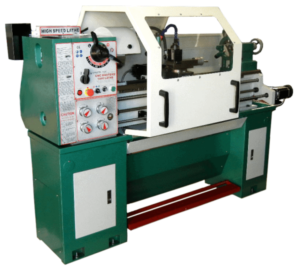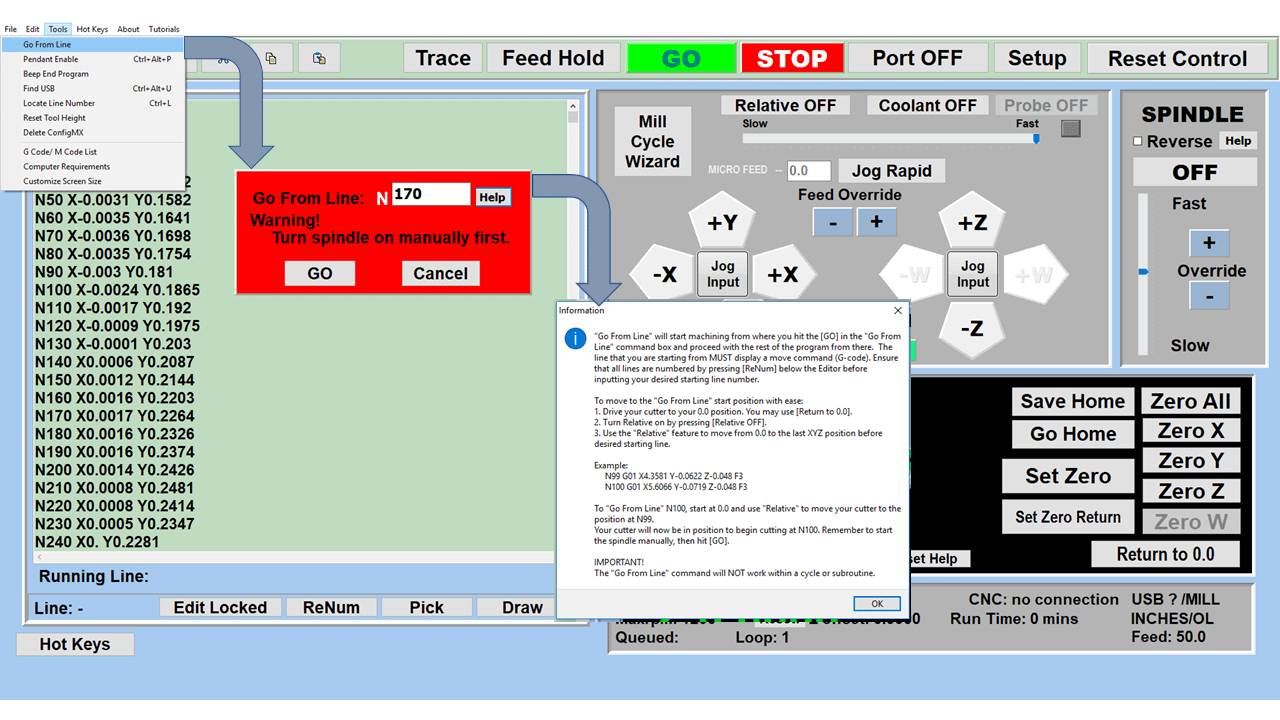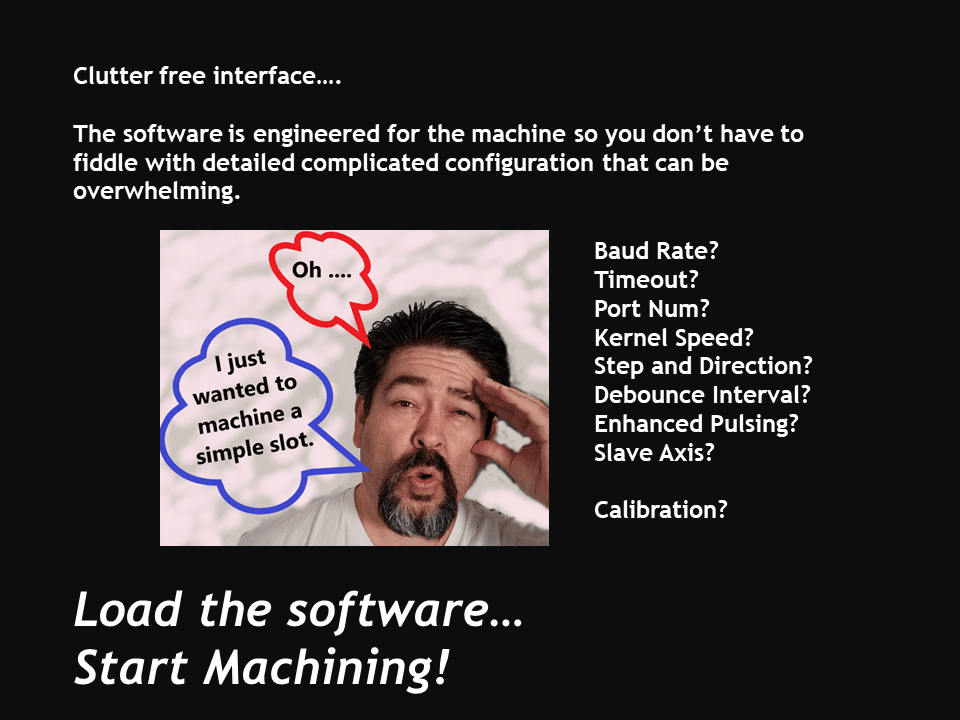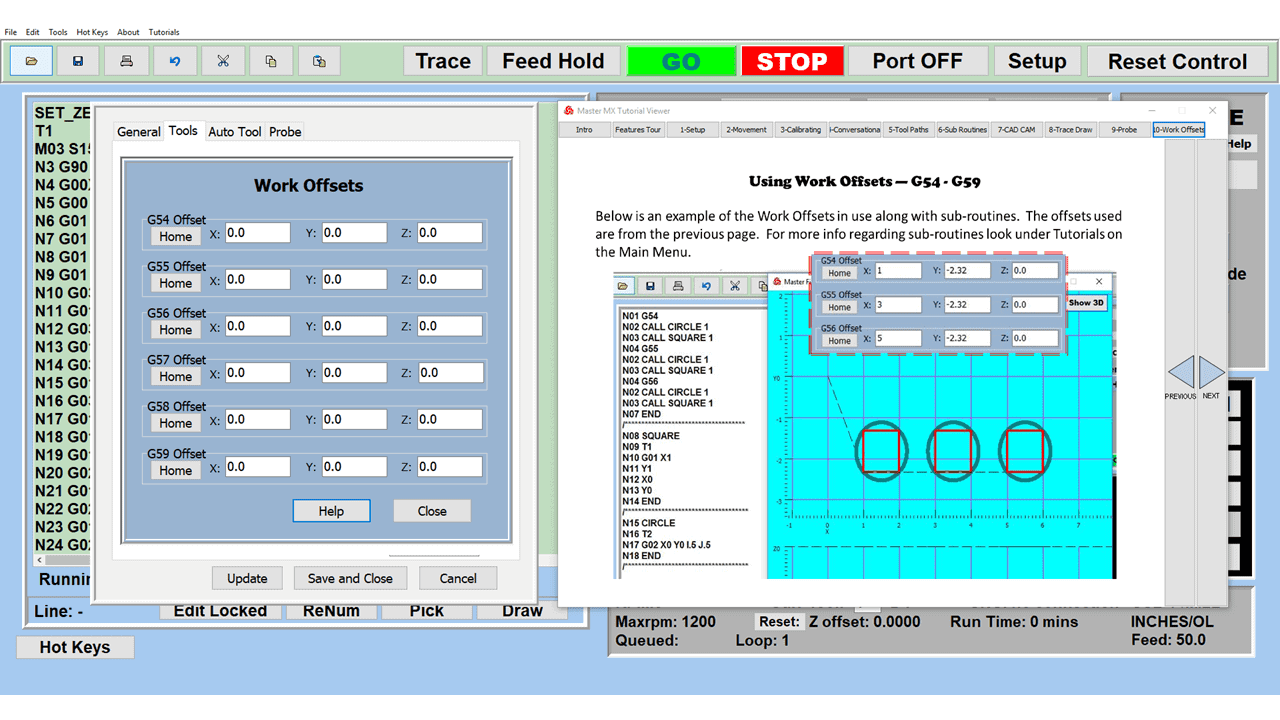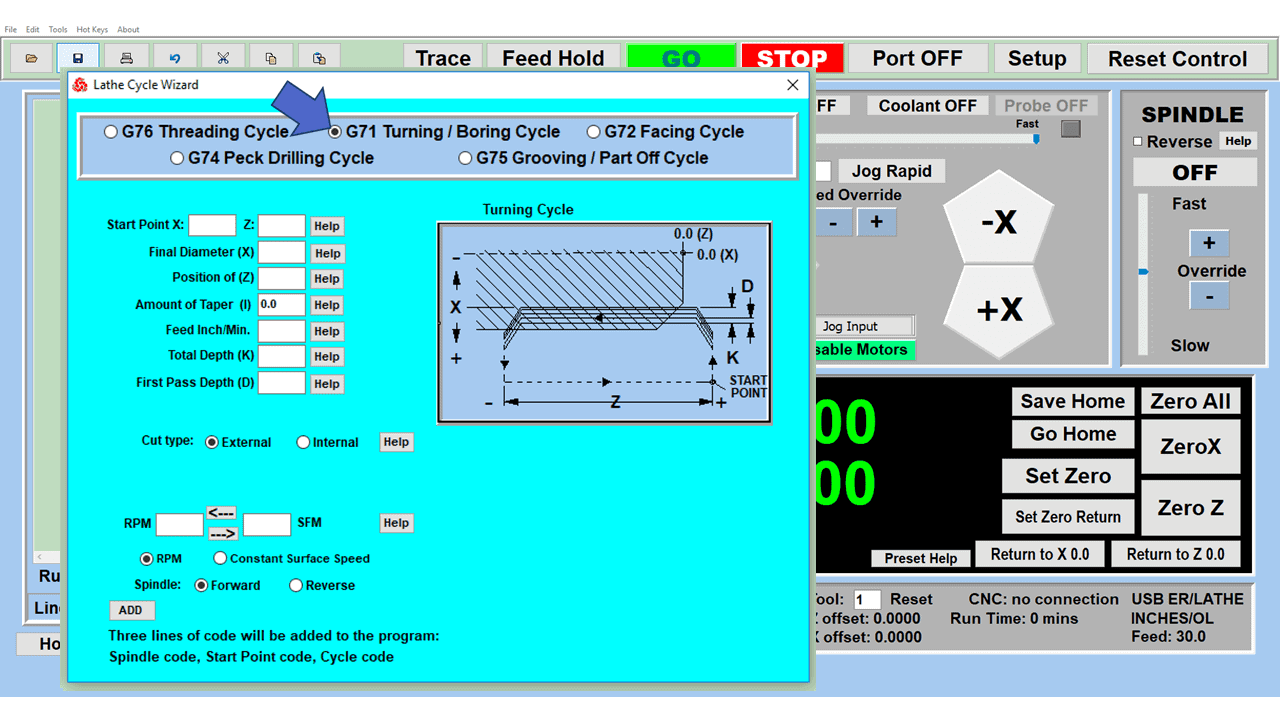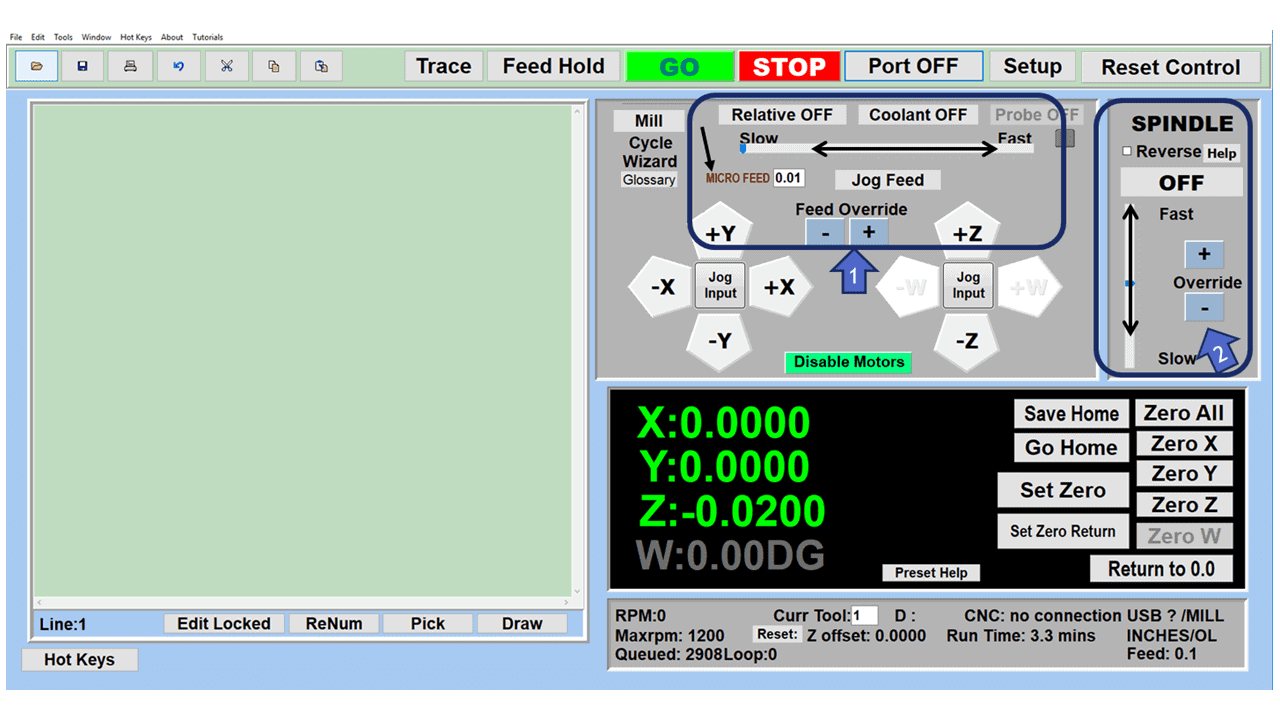10 Small Workshop Organization Tips
High-tech CNC machine tools offer accuracy and unparalleled precision to modern machinists. But for many machinists, especially ones working in a small workshop or even from home, one major problem isn’t the machine itself – it’s keeping everything else in order. Home workshops in particular are notoriously hard to keep organized. DIY craftsmen, whether woodworkers
10 Small Workshop Organization Tips Read More »
High-tech CNC machine tools offer accuracy and unparalleled precision to modern machinists. But for many machinists, especially ones working in a small workshop or even from home, one major problem isn’t the machine itself – it’s keeping everything else in order. Home workshops in particular are notoriously hard to keep organized. DIY craftsmen, whether woodworkers

